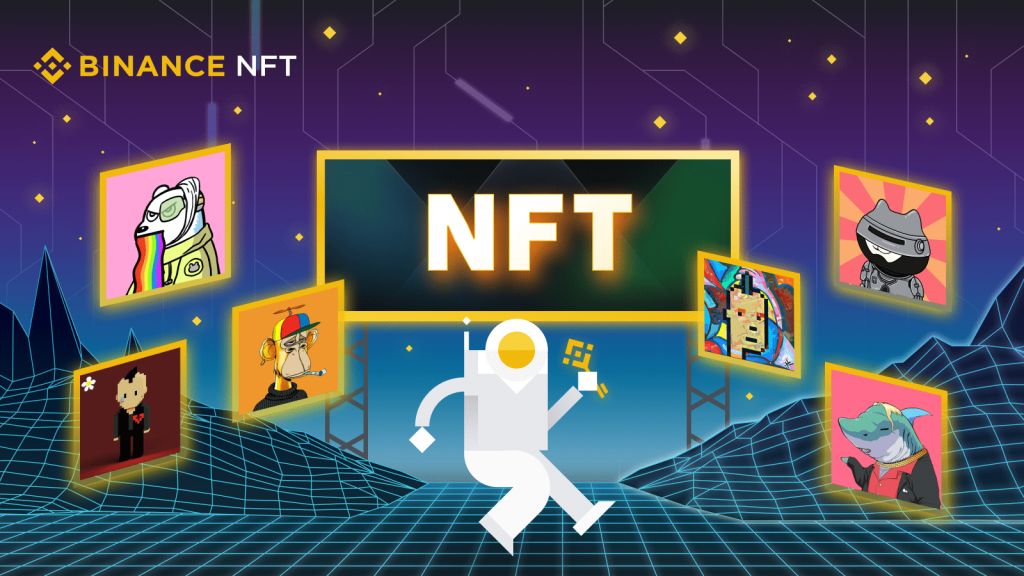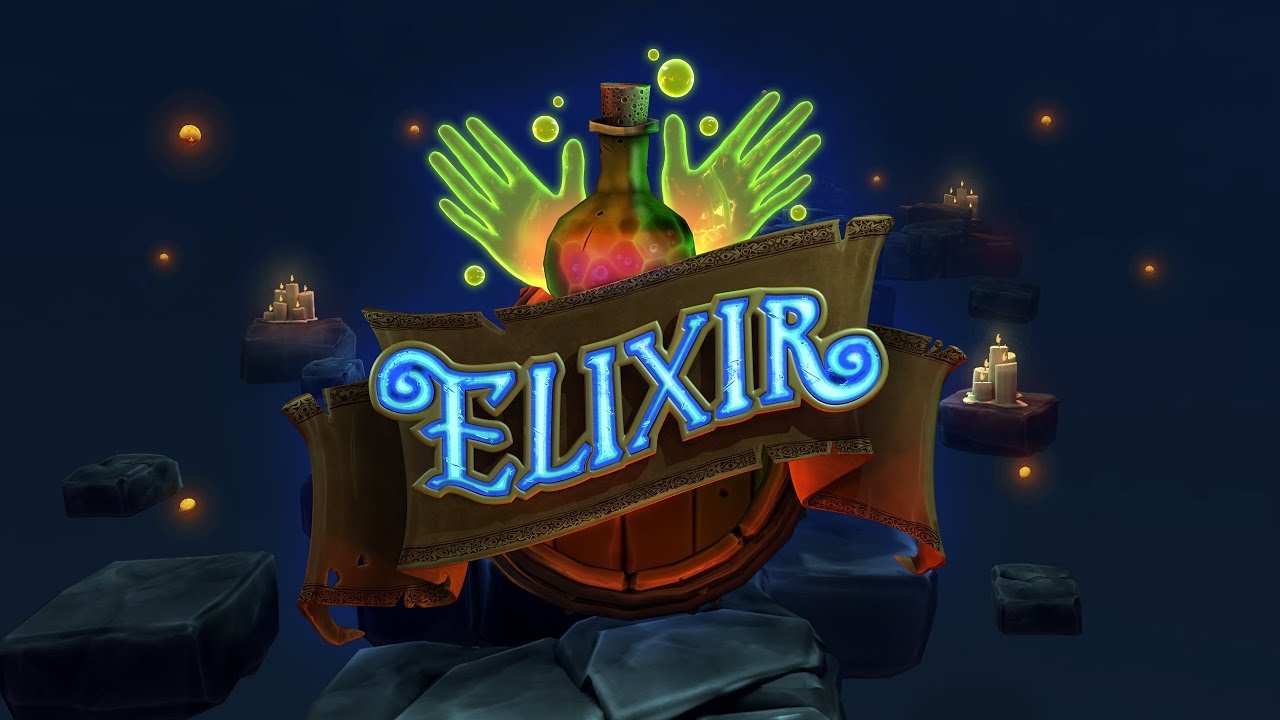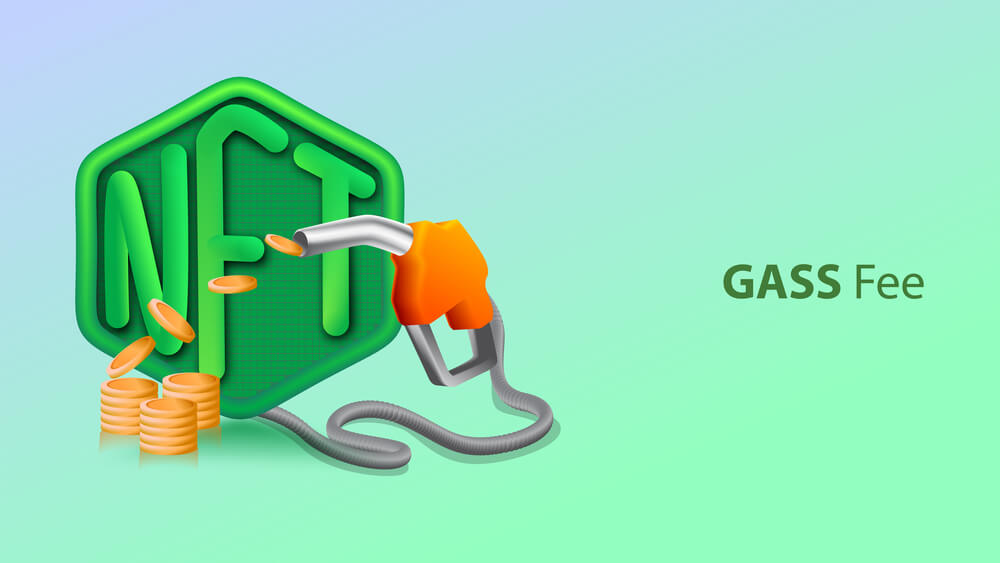LooksRare strives to be an alternative nonfungible token (NFT) marketplace to OpenSea. However, the amount of wash trading happening on this platform increases the questions on whether the users view it as a worthwhile competitor.
This marketplace made its debut on January 10 and the recently launched NFT marketplace has attracted lots of attention not just because its daily trade volumes were over double OpenSea’s on the second day of trading, but also since it has become the new playground for the many wash traders.
Wash trading is a series of trading activities consisting of the same traders buying and selling the same instrument concurrently, creating artificially high trading volume together with a manipulated market price for the asset in play.
In the US, wash trading in traditional financial markets has been illegal since 1936 and the most recent highly publicized scandal that is related to wash trading is the manipulation of LIBOR in 2012.
While wash trading has been majorly regulated and closely monitored by exchanges and regulators, it appears to have discovered its new path in the unregulated cryptocurrency space and mostly in NFT marketplaces like LooksRare.
Community-Owned Marketplace Is A Double-Edged Sword
LooksRare began with good intentions to share profits within the community. Notably, the token incentives and the trading rewards were mainly the main secret weapon that attracted huge volumes and speedily beat OpenSea a few days after its launch. However, these same factors have also become the same weapons that the wash traders are using to flood the marketplace.
Interestingly, LooksRare seems to have projected the possibility of wash trading that might be induced by the lucrative trading rewards. However, according to LooksRare Docs, they are convinced that the cost of trading from royalty fees and platform fees might be significantly high to set up any incentives for wash trading. But, reality shows otherwise.


These graphs indicate that the daily transactions and daily users from LooksRare are just a tiny segment, 2% to 3% of OpenSea, but their volumes are more than 300% or 400% of OpenSea’s
For instance, taking January 19 into context shows the average trade volume on LooksRare as nearly $380,000 per user whereas on OpenSea it is just $3,000. Furthermore, the average trade volume per transaction is about $415,000 on LooksRare and $1,676 on OpenSea.
Normally, what that data shows is that a small group of people is executing trades that are worth hundreds of thousands of dollars. That is not a marketplace for the normal NFT traders and buyers. With a 2% royalty fee, platform fee, and the volatile gas fee charged by the Ethereum network, the wash traders appear to still manage a sweet spot to balance their profit and cost.

LooksRare’s trading rewards are well distributed over 721 days in four phases. Daily rewards are the highest in the first 30 days in Phase A and total rewards are the highest in Phase C of 240 days.

The total amount of trading rewards one trader can get for any given day is the product of the fixed daily LOOKS trading reward (2,866,500 LOOKS) and the ratio acquired between the individual trader’s trading volume and the total trading volume of the day. Thus, the more trading volume created by the trader, the more reward they get.
That mechanism develops great incentives for the huge volumes of wash trading. On top of the trading rewards, traders may also earn some of the platform fees collected according to the number of LOOKS staked and liquidity provider rewards and staking rewards. But when compared to the trading rewards gained from wash trading, the other rewards are too inconsiderable and near a rounding error, so they will not be considered in that context.
Most Trading Rewards On LooksRare Go To Wash Trading
On January 24, 29% of the LOOKS rewards went to the top 10 traders. Also, when looking at the biggest trade volume day on January 19, 28% of the rewards went to the top 10 traders.

A large segment of these rewards goes to a few wash traders. This trend does not follow LooksRare’s philosophy of “By NFT people, for NFT people.” Sharing profits within the community appears to have failed so far, and the bigger share of the generated profits only goes to a few traders.
As Delphi Digital pointed out, the model of operations is unsustainable in the long term and the trading volume might plunge considerably as the wash traders slowly leave when it is no longer profitable.
LooksRare has a long way to go to compete with OpenSea in terms of the users and non-zero royalty NFT trade volumes. It will soon become interesting when the dynamic changes as the trading reward reduce by 50% in Phase B from February 10, 2022.





